Dear Readers,
Welcome to this month’s issue of our newsletter.
This time we’ve got some brand new photos from the judging of the Baden-Württemberg International Design Award FOCUS OPEN 2023 to share with you. The six-strong jury has made its selection and decided on this year’s winners.
We’re also presenting another fascinating Success Story, the Design Center Baden-Württemberg format in which we take a behind-the-scenes look at previous FOCUS OPEN winners. This time round we spoke to Simon Nessler of the Baden-Württemberg State Archaeological Museum in Constance.
And last but not least, we’re featuring three gems from our Design Library.
We hope you enjoy our latest digital roundup!
The Design Center Baden-Württemberg team
Welcome to this month’s issue of our newsletter.
This time we’ve got some brand new photos from the judging of the Baden-Württemberg International Design Award FOCUS OPEN 2023 to share with you. The six-strong jury has made its selection and decided on this year’s winners.
We’re also presenting another fascinating Success Story, the Design Center Baden-Württemberg format in which we take a behind-the-scenes look at previous FOCUS OPEN winners. This time round we spoke to Simon Nessler of the Baden-Württemberg State Archaeological Museum in Constance.
And last but not least, we’re featuring three gems from our Design Library.
We hope you enjoy our latest digital roundup!
The Design Center Baden-Württemberg team

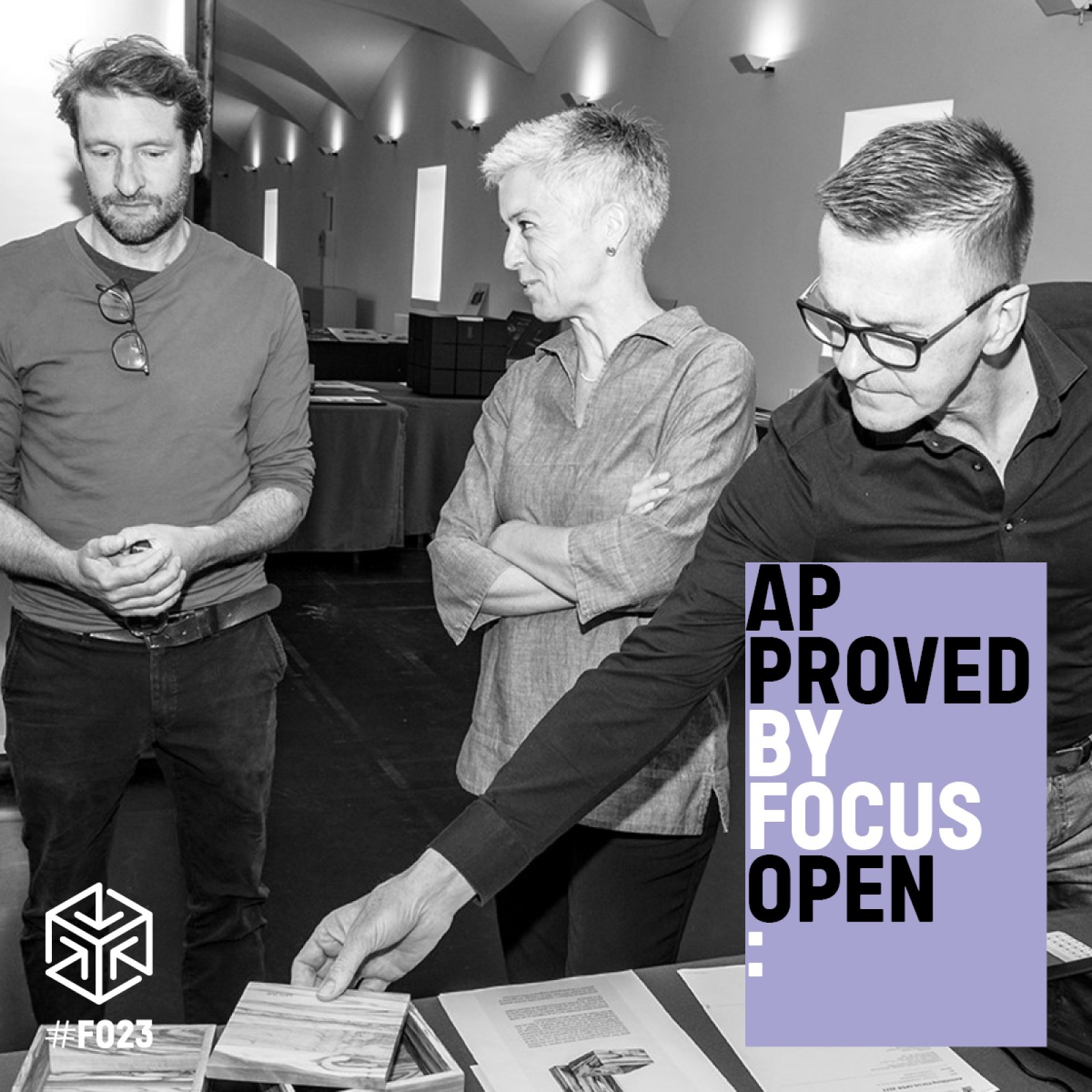
BADEN-WÜRTTEMBERG INTERNATIONAL DESIGN AWARD
FOCUS OPEN 2023
The jury has decided!
The decisions have been made! The jury of the Baden-Württemberg International Design Award FOCUS OPEN 2023 spent several days judging this year’s entries at Haus der Wirtschaft in Stuttgart. It was a highly focused and professional process during which the broad spectrum of entries gave rise to some lively discussions and intriguing argumentation. There were also some very interesting works from cooperations between design agencies and research institutes. We promise you’ll find the scope and innovativeness of the winning entries fascinating!
Once again, it was very clear that professional design has never been as important and so much a matter of course as it is today. The Baden-Württemberg state award FOCUS OPEN provides an annual and transparent roundup of what’s state of the art when it comes to design, innovation and sustainability.
But for now, you’ll have to wait until 9 November 2023 to find out who the winners are when they take to the stage at the award ceremony in Stuttgart’s Haus der Wirtschaft!
Click here for photos of this year’s judging session.

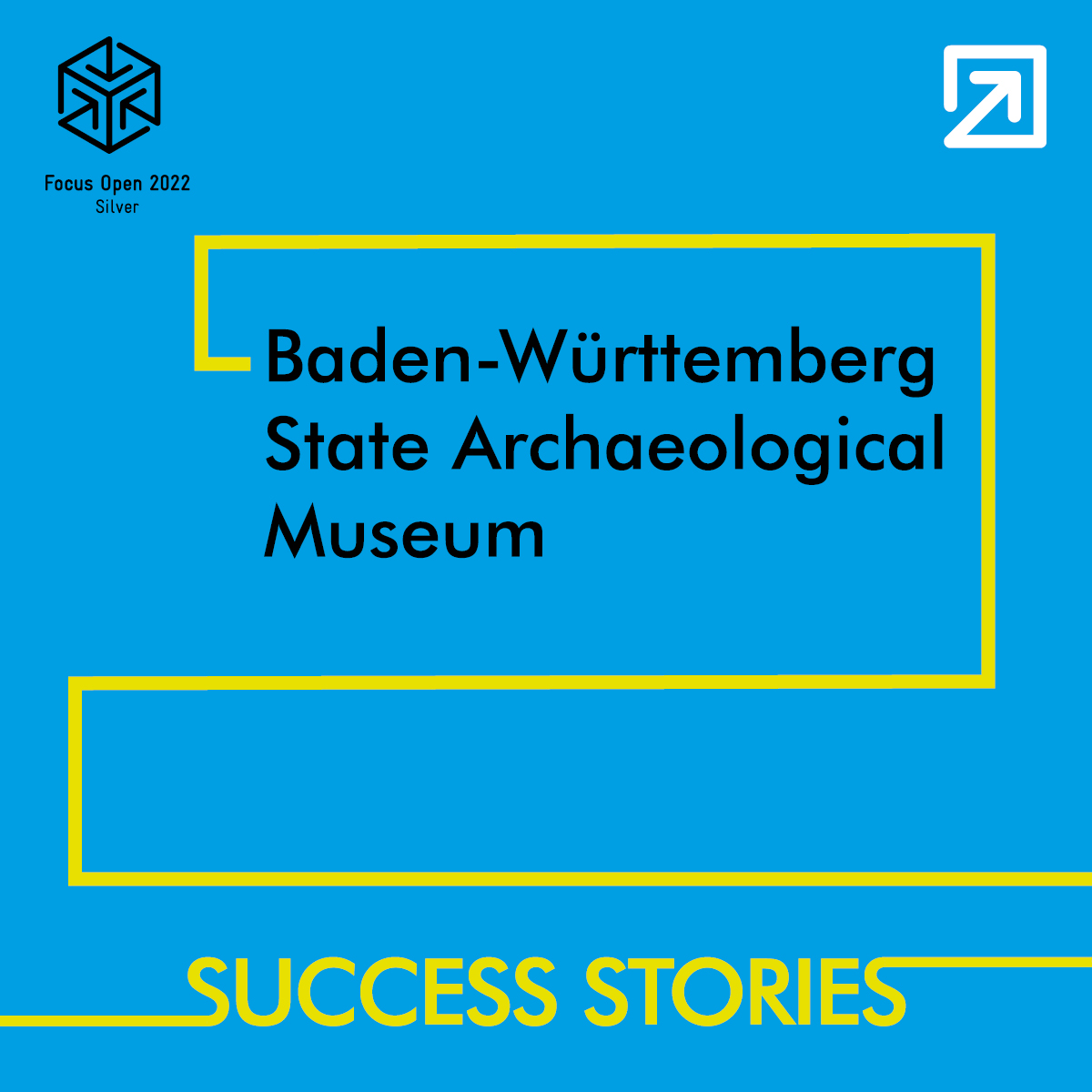
Interview with Simon Nessler of Baden-Württemberg State Archaeological Museum (ALM) in Constance
The State Archaeological Museum in Constance surprises visitors time and time again with outstandingly staged exhibitions that reach far back into Baden-Württemberg’s past. We spoke to Simon Nessler about their conception and the collaboration between science and design.
The Constance museum presents treasures from past ages – but not as dry, lifeless exhibits in display cases. Instead, they are embedded in scenographies that tell stories and make them more accessible to the public. Simon Nessler is in charge of designing the exhibitions. In 2022, a special exhibition entitled Magical Land was awarded a FOCUS Silver – reason enough for us to ask him how he goes about his work at the State Archaeological Museum in Constance (or the ALM for short).
Archaeology isn’t exactly a subject that excites the masses. Does that mean archaeological exhibitions call for special concepts?
Simon Nessler:
For the general public, archaeology is surrounded by an aura of adventure, mystery, pomp and glory. But that only reflects what archaeology can stand for to a limited extent. For me, there are certain aspects to it that are very closely connected with our own reality because, at the end of the day, it deals with the relics of the past flow of human life. At the same time it’s really intriguing that, to begin with, this doesn’t take place on a hidden, metaphysical level but on the basis of physical finds. It’s only engaging with the exhibits that gives rise to observations and assumptions that then shape our knowledge and stories. In my view, that’s an incredibly poetic process. That’s why I see no problem at all in using the special core and strengths of archaeology to create exhibition designs and develop space concepts that help the exhibits tell their stories.
So you give narratives from the past a framework in which they can express themselves?
Simon Nessler:
A modern society needs more than a forward-looking outlook in order to develop and evolve: looking to the past helps us find new ways forward as well, because it allows us ...
Curious? Click here to read the full interview.
The Constance museum presents treasures from past ages – but not as dry, lifeless exhibits in display cases. Instead, they are embedded in scenographies that tell stories and make them more accessible to the public. Simon Nessler is in charge of designing the exhibitions. In 2022, a special exhibition entitled Magical Land was awarded a FOCUS Silver – reason enough for us to ask him how he goes about his work at the State Archaeological Museum in Constance (or the ALM for short).
Archaeology isn’t exactly a subject that excites the masses. Does that mean archaeological exhibitions call for special concepts?
Simon Nessler:
For the general public, archaeology is surrounded by an aura of adventure, mystery, pomp and glory. But that only reflects what archaeology can stand for to a limited extent. For me, there are certain aspects to it that are very closely connected with our own reality because, at the end of the day, it deals with the relics of the past flow of human life. At the same time it’s really intriguing that, to begin with, this doesn’t take place on a hidden, metaphysical level but on the basis of physical finds. It’s only engaging with the exhibits that gives rise to observations and assumptions that then shape our knowledge and stories. In my view, that’s an incredibly poetic process. That’s why I see no problem at all in using the special core and strengths of archaeology to create exhibition designs and develop space concepts that help the exhibits tell their stories.
So you give narratives from the past a framework in which they can express themselves?
Simon Nessler:
A modern society needs more than a forward-looking outlook in order to develop and evolve: looking to the past helps us find new ways forward as well, because it allows us ...
Curious? Click here to read the full interview.

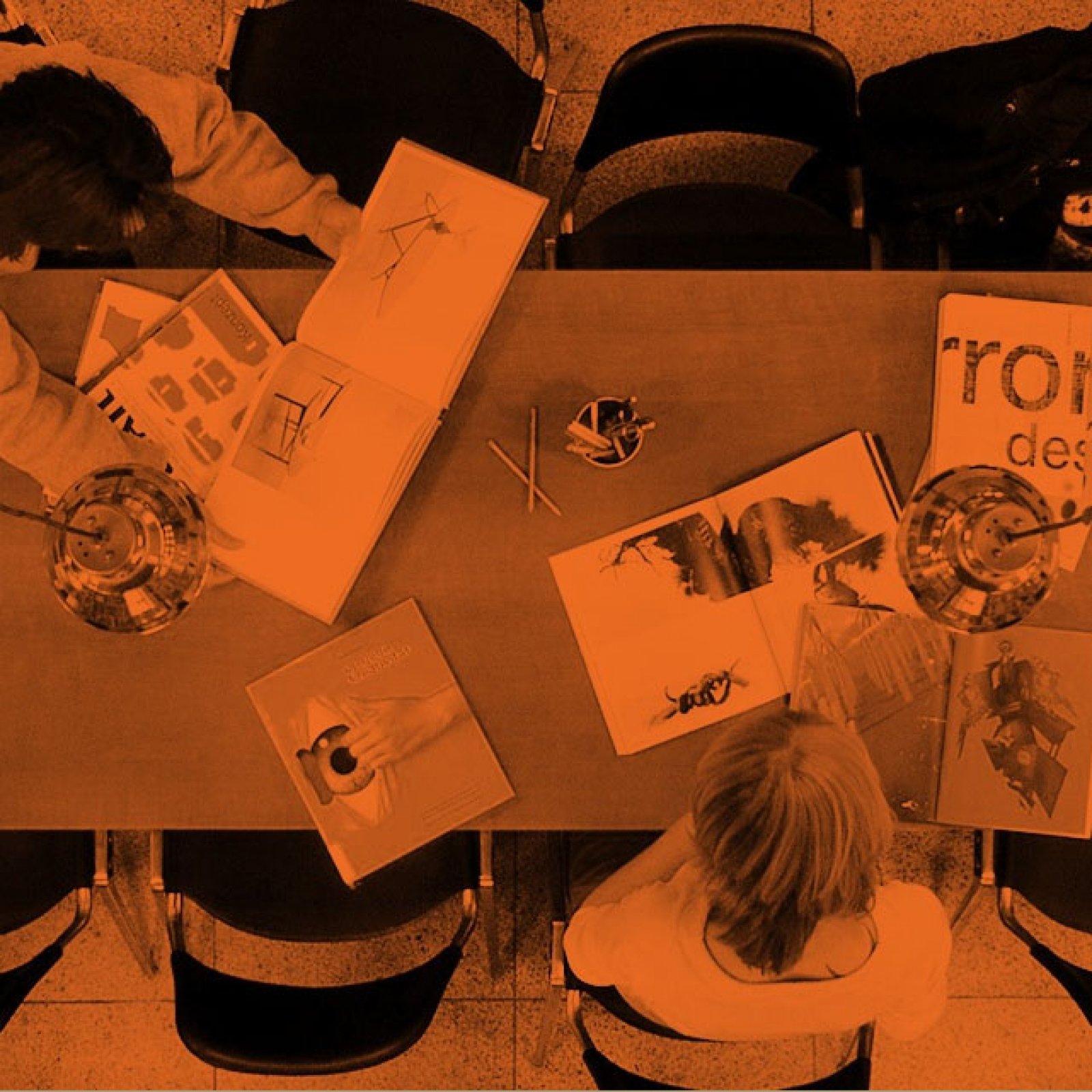
BOOK RECOMMENDATIONS FROM OUR DESIGN LIBRARY
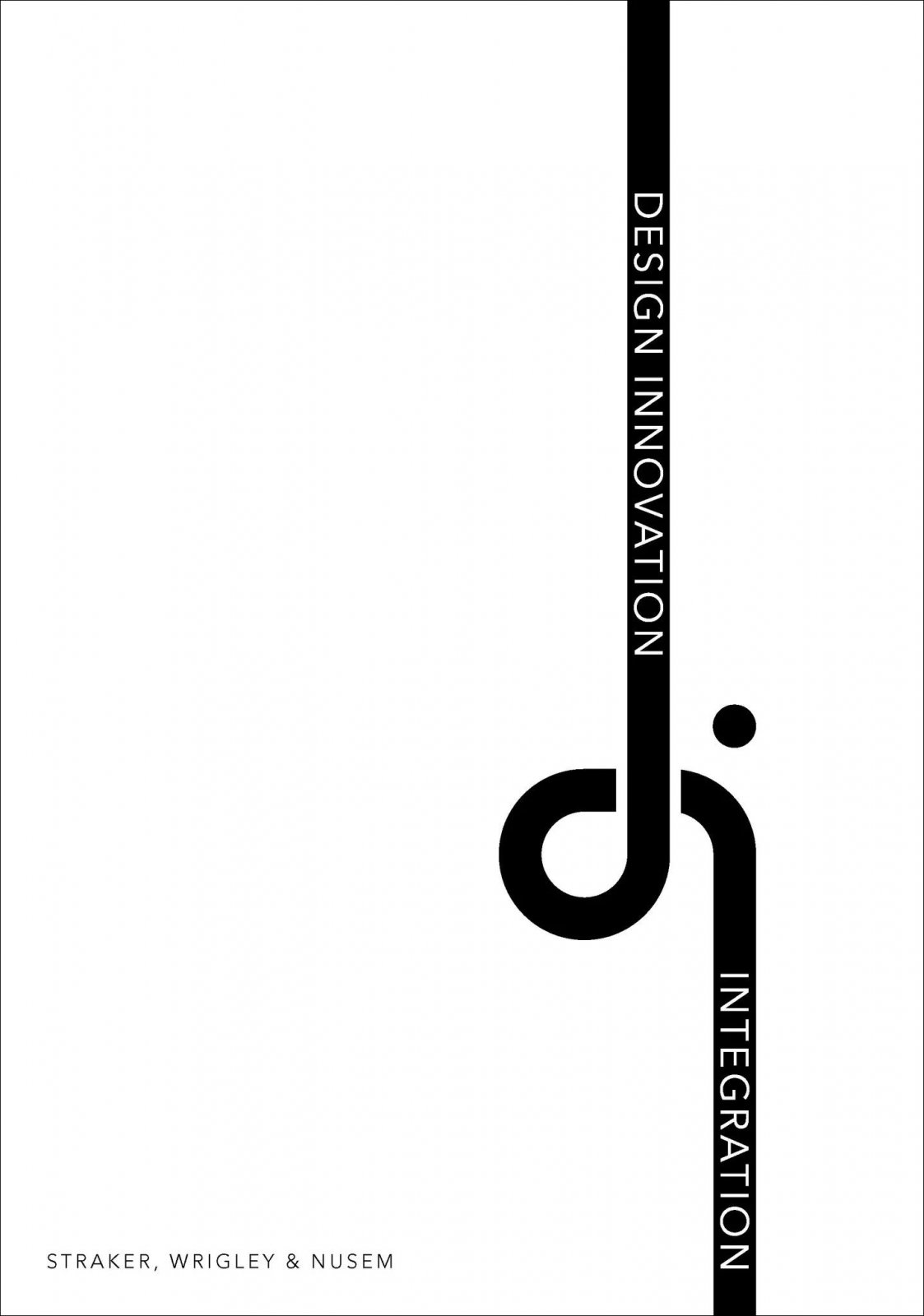
Design Innovation and Integration
Karla Straker, Cara Wrigley and Erez Nusem
Amsterdam, BIS Publishers 2021
Design Innovation and Integration is both a toolkit and guidebook that helps business leaders to fully understand and correctly apply the concepts of design innovation and design integration to their organisations, whilst also establishing their importance within a business and its organisational strategy.
This book expands on existing design tools and will help you to make solutions a reality by providing you with the resources and design tools that will enable you to integrate design strategically within an organisation, improve your approach to innovation, develop your design thinking, and restructure your development process.
This invaluable book applies over 10 years worth of research from the authors Straker, Wrigley, and Nusem. It aims to help global leaders, local businesses, partnerships, sole traders, and all other types of businesses to realise the potential of design innovation and integration. They can do this by exploring the opportunities inherent within this area, whilst also providing stark warnings about the mistakes to avoid.
For readers looking to develop their unique approach through the use of tools that have been proven to deliver results, then this is a good solution.
If you are looking to grow your influence and create an environment in which design innovation can flourish, then this book is for you.
(BIS Publishers)
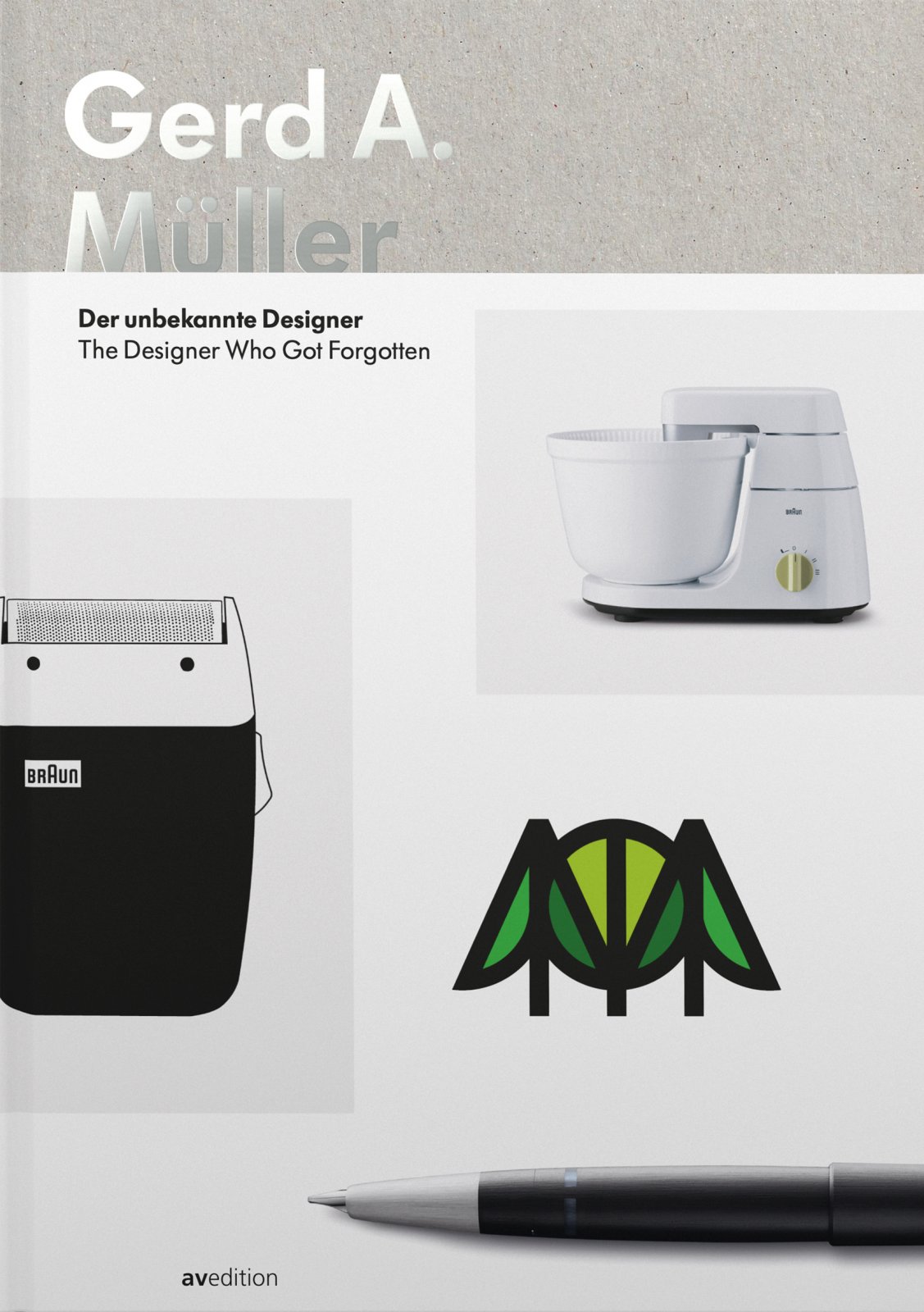
Gerd A. Müller – The Designer who got forgotten
Lucia Hornfischer
Stuttgart, avedition 2021
The LAMY 2000 fountain pen and the KM 3 food processor are well known even beyond design circles. Nevertheless, their designer, Gerd A. Müller, has faded into obscurity. His designs can be considered pioneering for the development of a new, pared-back design language among well-known companies. Together with Dieter Rams, he was one of the first form designers at Braun. Now, for the very first time, the highly diverse body of work created by this industrial, graphic, ecological and exhibition designer from Frankfurt has been compiled in a publication. Here, the focus is firmly on Gerd A. Müller’s product designs, which have helped shape German industrial design to this day.
Lucia Hornfischer is an industrial designer. She studied design at Offenbach University of Arts and Design and Tongji University in Shanghai and worked at the Dieter Rams Archiv at the Museum Angewandte Kunst, Frankfurt/Main.
(avedition)
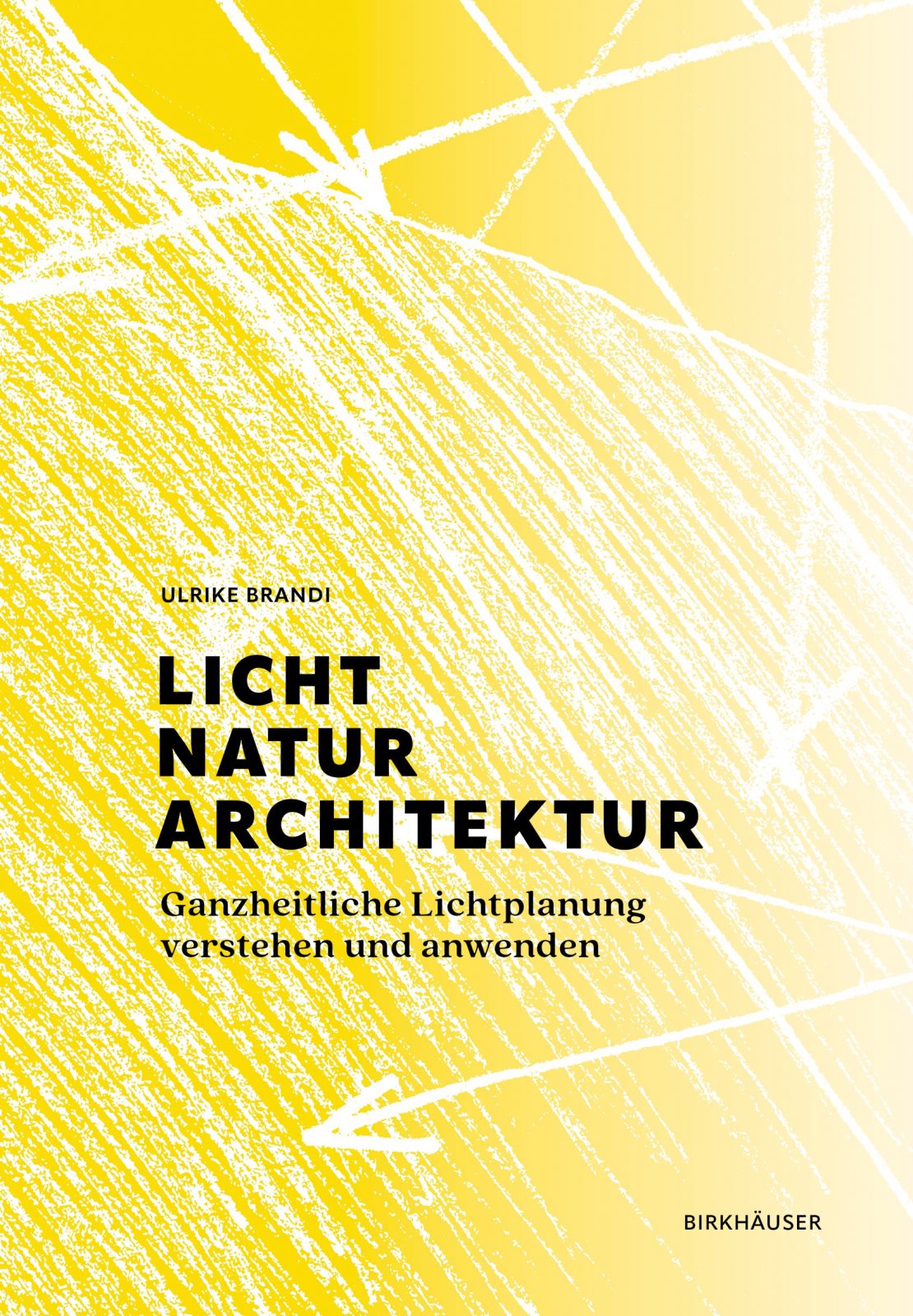
Licht, Natur, Architektur
Ulrike Brandi
Basle, Birkhäuser 2022
In this planning guide, renowned lighting designer Ulrike Brandi documents the sum of her findings on lighting design, daylight, sustainability and healthy living spaces.
It’s a challenge to create holistic lighting design in times of advancing technicisation, but it’s the right thing to do in terms of achieving sustainability in the use of light and energy. Renowned lighting designer Ulrike Brandi sums this attitude up in a simple principle: “It’s better to make the most of natural light from the start, rather than compensating with artificial light afterwards.”
The Light Nature Architecture guide proves how essential yet simple it is to integrate natural light into architectural planning and thus into the design of healthy and pleasant living and working environments.
This richly illustrated handbook is structured based on natural light phenomena and combines Ulrike Brandi’s wealth of experience, theoretical principles and design methods into a book that is both a reference work and a source of inspiration.
(Birkhäuser)
